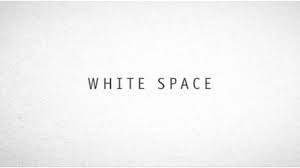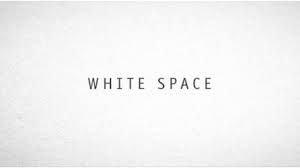Lisa Gray-Garcia aka Tiny, poet, poverty scholar, revolutionary journalist and lecturer is the founder and executive director of POOR Magazine/ PoorNewsNetwork (PNN), the author of Criminal of Poverty: Growing Up Homeless in America. Printed courtesy of the author and PNN (Poor News Network).
The walls of the conference hall auditorium were white and tall and engulfed the humans who sat in rapt attendance. I sat quietly, in panel after panel, afraid to move or make too much noise as tech-embedded words like, White space, Bit Torrent, Net Neutrality and Blogosphere floated past my ears. They bounced off the walls and knocked up against my head like thick steel rods, knocking my fingers off their tenuous hold onto the edges of the digital ravine, which seemed to grow sharper and taller with each obtuse reference to a technology I had never had the time, privilege or the access to learn in all of my 38 years of poverty and homelessness.
“I want to make sure that everyone knows about the plans by corporations for the take over of white space”, panelist Jeff Perlman, from Public Knowledge, concluded an extensive talk on the current and future plans of corporate take-over of the internet, the recent acts of censorship of our cel phones and text messages by telecoms like Verizon and the very strange phenomenon of “white space”
Perhaps this “white space” was also a metaphor for the conference, the internet in general and/or much of the race and class divide that exists between poor people of color and rich, mostly white people in power locally and globally? I mused.
The panel was one of over 50 panels and workshops on issues ranging from New journalism to Faith based Organizing and Media Reform, as well as films, presentations and plenaries featuring former corporate media stars Bill Moyers and Dan Rather and progressive media producer Amy Goodman from Democracy Now.
“I am asking for 10 ambassadors for One Web Day” Susan Crawford, another panelist spoke about her personal crusade to create one day a year that was dedicated to the preservation of a free and open internet, which this year will fall on September 22. Ms Crawford was hoping to engender as much excitement as there is for Earth day with the mission to create, maintain, advance and promote a global day to celebrate online life.
“In this way we will ensure access for low-access people who are lacking skills, and access to the internet,” She concluded her presentation on why the internet should remain open and free and then added the strangely codified term of “low-access people” to her list of beneficiaries.
This reference sounded strange to my ears and yet oddly similar to several other terms used in this conference for poor folks of color like myself. When she was finished the other members of this and other panels at the conference followed suit with references like the “so-called digital divide”, “unskilled people” and “people on the margins of the net”
Once again I mused, would we all be members of the “low-access” tribe if we had more of that handy “white space”?
“We use the internet to do research, to reach across the channels of access and without it being free and accessible, poor people like us would never be able to get this information and help to make change for our communities,” Gloria Esteva, one of the reporteras from POOR Magazine was suddenly speaking in Spanish on the big screen into the minions of Auditorium One, breaking through the malaise of euphemisms about people in poverty that were being thrown about with such ease . Quite unexpectedly for me, Eloise Rose-Lee who was the sole woman of color on the panel, centered her presentation on the future of the internet, access and in some ways for me, the real notion of media reform itself on the powerful voices of poverty scholars from POOR Magazine’s Voces De Inmigrantes en Resistancia Project, a new project that teaches POOR’s brand of revolutionary journalism to migrant workers in poverty, who spoke at an FCC hearing last month at Stanford University in support of keeping a free and open internet or “Net Neutrality”
Her presentation loosened the imaginary chains that had begun to tear into my hands, I was free to question what I believed to be real media reform. True enough, the words of Bill Moyers were important, the “radical” actions of Dan Rather were crucial, but so was the words and actions of poor youth, adults and elders of color across the globe who everyday are systematically silenced and excluded from so many channels of access on the internet, in racist, classist school systems , in the criminal Injustice system, in the access to resources and beyond.
So if we were to truly achieve media reform as this conference stated was its goals, it must be with the inclusion of the Dan Rathers and the Gloria Esteva’s, with the Amy Goodman’s and the poor youth of color from West Oakland and Spanish Harlem.
I know that the conference organizers were beginning to try to practice some inclusion with panels on Hip Hop Activism and Grassroots Lobbying but they have a long way to go.
As I left the Minneapolis conference hall I reflected on the strange concept of “white space” and how it actually has the potential to provide real access to poor people of color locally and globally – which sounded oddly like some kind of 21st century digital reparations and how it was potentially being ripped out of our hands by possible corporate take-over before we even have the chance to benefit from it.
Which made me wonder if there will be any white space left for me..


